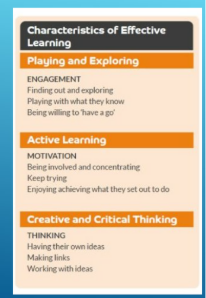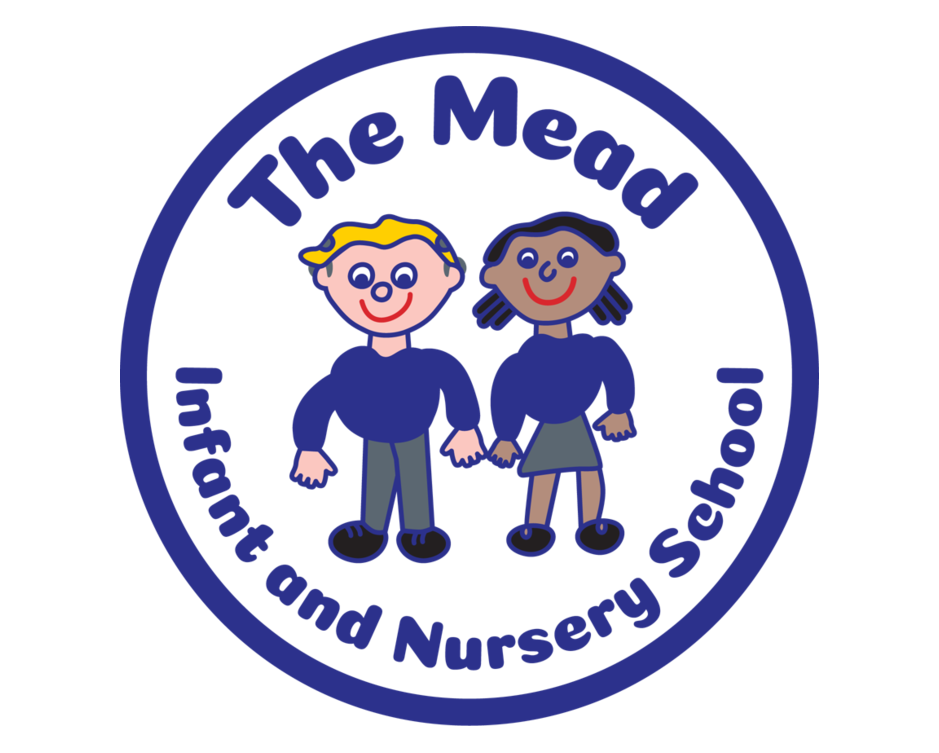Our Reception Classes
Enabling environments
The Reception environment is made up of three classrooms and a shared outdoor area. It is engaging and nurturing, building on the strong foundations established in Nursery. Children continue to learn through purposeful play within a well-planned continuous provision that reflects their interests and developmental needs. There is a strong focus on developing early literacy and numeracy skills, with opportunities woven throughout the environment to support reading, writing, and mathematical thinking. Daily phonics sessions help children build essential early reading skills, and a range of mark-making and writing opportunities encourage them to develop as confident, independent writers. Children are supported to take ownership of their learning, while adults skilfully guide, extend and challenge their understanding to deepen knowledge and build confidence across all areas of the curriculum.
These environments provide:
- exciting and engaging resources both indoors and outdoors that build on the children’s interests and growing independence.
- meaningful learning experiences through purposeful play, targeted teaching, and high-quality adult interactions.
- encouragement for children to develop resilience, take risks, and approach new challenges with confidence
- specific opportunities to develop early literacy and numeracy, including daily phonics, mark-making, and mathematical exploration in real-life contexts.
Learning and Development
Learning happens in many ways during a child’s time in Reception.
Explicit teaching of key knowledge, skills and understanding is thoughtfully delivered through:
- Whole class inputs, including daily phonics and maths sessions
- Small group activities tailored to individual needs
- Focused adult-led learning opportunities
- Purposefully planned play experiences within continuous provision
Implicit learning continues to flourish through:
- Child-initiated play and exploration
- Skilful adult interactions that extend thinking and language
- A rich, enabling environment that supports independence
- Routines and repetition that embed understanding and promote confidence
Characteristics of Effective Teaching and Learning

Seven areas of Learning and Development
Prime Areas of Learning
These areas are especially important for your child's overall development and lay the foundation for future learning:
- Personal, Social and Emotional Development (PSED): Developing self-regulation, independence, and positive relationships with others.
- Communication and Language (CL): Building listening skills, understanding, and the ability to express ideas clearly.
- Physical Development (PD): Enhancing both gross motor skills (such as coordination and movement) and fine motor skills (like holding a pencil or using tools).
Specific Areas of Learning
A greater focus on teaching specific skills will occur as your child progresses through their reception year, which will help them to prepare for year one.:
- Literacy: Developing comprehension, early phonic and reading skills, and a love of stories and language.
- Mathematics: Understanding numbers and learning to recognise patterns and relationships.
- Understanding the World: Exploring the past and present, learning about different people, cultures, and communities, and investigating the natural world.
- Expressive Arts and Design: Encouraging creativity through art, music, movement, and imaginative play.
